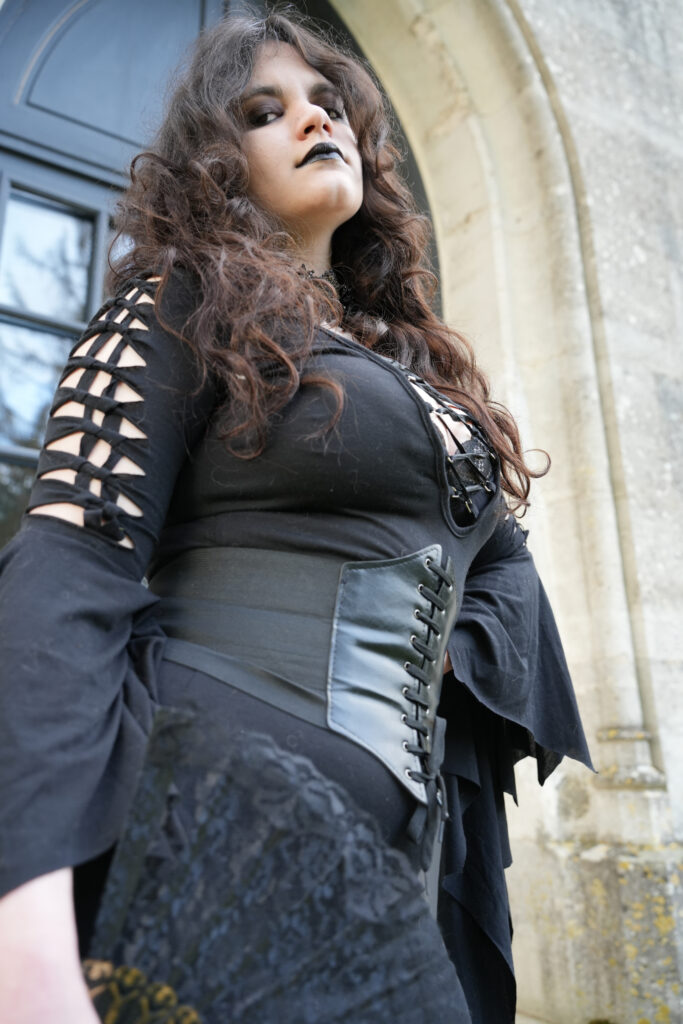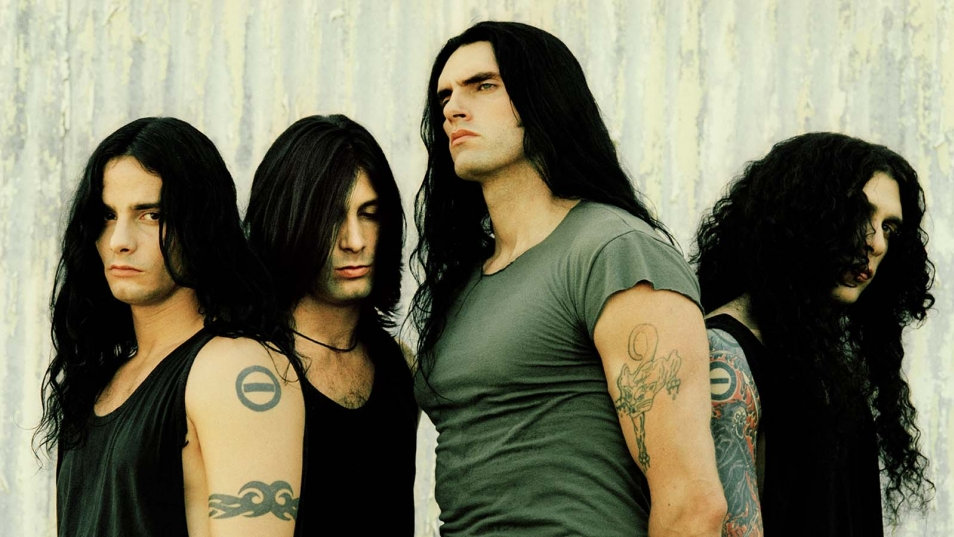Gothic Metal
Gothic Metal (or Goth Metal) is a fusion musical genre that combines the aggressiveness of Heavy Metal with the dark atmospheres of Gothic Rock.

Gothic Metal music is diverse, with bands known for adopting the Gothic approach to different Heavy Metal styles. The term “Gothic Metal” emerged in the early 1990s in Europe, originally as a subgenre of Death/Doom, the fusion of Death Metal and Doom Metal. Doom Metal already had an atmosphere that evoked a dark and terrifying ambience; its fusion with Death Metal made it even more aggressive. Bands that possessed these characteristics in the late 1980s and early 1990s began incorporating elements of British Gothic Rock from the early 1980s. This intensified with the release of the album “Gothic” by English Death/Doom band Paradise Lost, released in 1991. From the title of this album, the term “Gothic Metal” was used by later bands that followed a style similar to Gothic or that combined Death/Doom with dark atmospheres. In the late 1990s, Gothic Metal music diversified into several other styles, and the media accepted the term “Gothic” associated with Metal.
“Gothic Metal” is often used to describe Heavy Metal bands with dark or Victorian themes, female soprano vocals, or Heavy Metal bands with approaches and aesthetics considered gothic.
The term “gothic metal” itself is often used to describe heavy metal bands with dark or Victorian themes, female soprano vocals, or heavy metal bands with approaches and aesthetics considered gothic.
The style’s lyrics are generally dark and introspective, drawing inspiration from Gothic fiction as well as personal experiences.

Pioneers of Gothic Metal (although the bands themselves never called themselves Gothic Metal) include Celtic Frost from Switzerland, Paradise Lost, My Dying Bride and Anathema from northern England. Other groups pioneering mixing gothic elements with metal in the first half of the 90s include Type O Negative from the United States, Tiamat from Sweden, and The Gathering from the Netherlands.
Norwegians Theater of Tragedy and Tristania developed the “Beauty and the Beast” aesthetic by combining aggressive male vocals with clean female vocals, a contrast that has been adopted by many Gothic Metal groups.
During the middle of this decade, Moonspell, Theaters des Vampires and Cradle of Filth brought a gothic edge to black metal.
At the end of the decade, Tristania, Penumbra, and Within Temptation developed a Symphonic Metal variant of Gothic Metal.
Gothic Metal reached the mainstream in Europe, particularly in Finland, where groups such as Entwine, HIM, Lullacry and Poisonblack released hits or number-one albums on the charts. In the United States, however, bands such as Type O Negative, HIM, Lacuna Coil Evanescence and Cradle of Filth achieved a large degree of commercial success.
